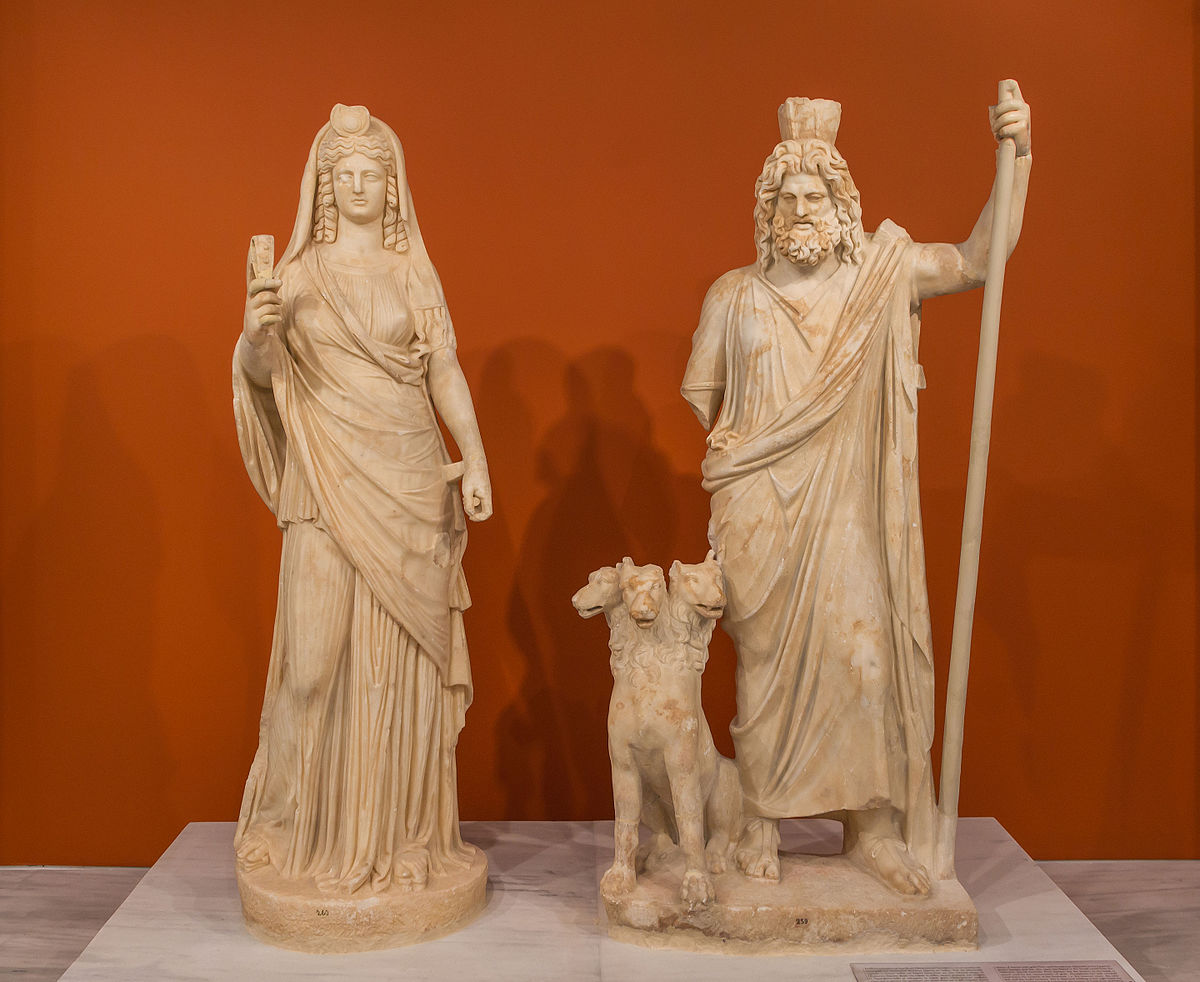dbz
Senior Member
- Joined
- May 29, 2022
- Messages
- 557
- Gender
- male
- Basic Beliefs
- Max 1:3 possible that Jesus b. Joseph/Pantera was a historical personage
--Jordan Peterson (2024) "The Birth of Christ | Biblical Series: The Gospels". YouTube. @JordanBPeterson. 3 February 2025.
The Hebrew noun דבר (davar, Strong's #1697) is translated as "word." It is derived from the parent root דר (DR), which means "order." The verb form of דבר (davar) is דבר (D.B.R, Strong's #1696) and is commonly found in the Biblical text meaning to "speak," as in the phrase vayidaber YHWH el moshe l'mor (and YHWH spoke to Moses saying). The ancient Hebrew understanding of "speaking," or a "speech," is an ordered arrangement of words.
The noun דבר (davar) is a masculine noun. The feminine form of this word is דברה (devorah) and is the name Deborah, but also means "bee." A bee hive is a colony of insects that live in a perfectly ordered society.
Another common word derived from the noun דבר (davar) is מדבר (midvar, Strong's #4057) meaning a "wilderness". In the ancient Hebrew mind the wilderness, in contrast to the cities, is a place of order. Many people today live in the cities, a place of hurrying, rushing and high crime. The city can easily be seen as a place of chaos.
On the other hand, when we want to "get away from it all" and slow down and really rest we go out to the "wilderness" to camp, take walks or sit by a lake. The wilderness is a place of order where all of nature is in a perfect balance of harmony.
The verb דבר (D.B.R) may better be translated as "order" as in the phrase "And YHWH gave orders to Moses saying". A commanding officer has formulated his action plans and has determined the best means to have these plans carried out. Once all of this is determined, he gives his "orders" to his troops. These orders are "an ordered arrangement".
The phrase "Ten Commandments" does not actually appear in the Hebrew Bible; instead it is aseret hadevariym and is literally translated as "the ten orders". The "Ten Commandments" are our orders from God (the general). They are an ordered arrangement of ideas that, if followed, will bring about peace and harmony.
The Hebrew word דבר (davar, Strong’s #1697) demonstrates an interesting aspect of Hebrew thought. This Hebrew word is also frequently translated as “thing,” such as we can see in Numbers 18:7 where it says, “all the things of the altar.” In the Hebrew mind, “words” are “things,” they have just as much substance as any other “thing.” This helps us with understanding a few things in the Bible. When Jacob stole his brother’s birthright in Genesis 27 he took the “words” from his father Isaac that was meant for his brother. When his brother Esau came for his blessing, his father said that he had already given it to Jacob. I often wondered why Isaac couldn’t just tell Jacob that the blessing he gave him didn’t count as he stole it and then just give it to his brother. But in the Hebrew mind words cannot be taken back as they have already been spoken. It is the same as if Isaac had given Jacob something physical, say a glass of water. Once Jacob drank from the glass it cannot be taken back. We should keep this in mind when we speak. Your words have an effect on others just as we see in Proverbs 12:8; “A rash speaker is like piercings of a sword, and the tongue of the wise is healing.”
--"Hebrew Definition: davar | AHRC". www.ancient-hebrew.org.
qqq
--Carrier (01 February 2021). "Diarmaid MacCulloch's BBC Series on the History of Christianity". Richard Carrier Blogs.
--Carrier (18 February 2021). "Diarmaid MacCulloch's Christianity: The First Three Hundred Years". Richard Carrier Blogs.
Holland gives no examples of anything Christianity uniquely brought to the West that was any good. Everything he even implies as such, was already Western before Christianity came along, was developed without it, or arose in opposition to it. He then ignores everything it brought that was bad. And then claims we ought therefore glorify Christ.
--Carrier (19 April 2019). "No, Tom Holland, It Wasn't Christian Values That Saved the West". Richard Carrier Blogs.
- Peterson wants to be a cult leader/prophet
[8:35]
Godless Engineer >>> Obviously for a discussion on the resurrection of Jesus. I don't mind starting at a dude existed. I think this is a perfectly fine position—to start from this [premise]—for this particular part of the conversation.
Alex isn't trying to question what can we know about the historical Jesus—he's just wanting to know about [the historicity of] the resurrection. Does Peterson think that Jesus literally walked out of the Tomb resurrected!
[...]
[18:58] Peterson >>> I believe the accounts, but I have no idea what they mean…
--"Jordan Peterson Attempts to Explain a HistoricalResurrection!of Jesus". YouTube. @godlessengineer. 30 December 2024. 8:35 / 36:21
original:
“Navigating Belief, Skepticism, and the Afterlife | Alex O’Connor @CosmicSkeptic | EP 451”. YouTube. @JordanBPeterson. 23 May 2024. “[24:56] …I believe the accounts, but I have no idea what they mean…”
Last edited:








